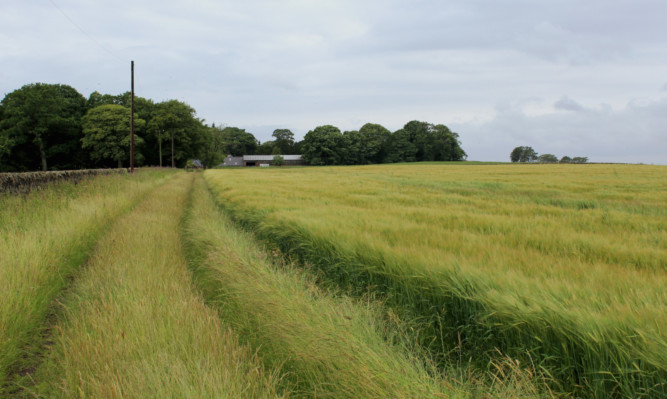The latest official survey of Scottish farming shows a decrease in winter cereal plantings and a small increase in livestock numbers.
Scotland’s chief statistician released the independent results from the December Agricultural Survey which show that the area of winter-sown crop was down on last December at 191,000 hectares, with 6,400 hectares less oilseed rape, 3,000 hectares less barley and 2,400 hectares less wheat, partially offset by 900 hectares more oats.
Cattle numbers rose marginally, by 0.3%, to 1.74 million.
There was a slight increase in beef cattle and a slight decrease in dairy cattle, though dairy cow numbers still increased. December sheep numbers increased 1% to 4.96m.
In the poultry sector, an increase in the number of layers and breeders, and a small recovery in the number of broilers resulted in a 13% increase in the total, to 13.4m.
These figures replicate those from June in showing that for the first time there are now more layers in Scotland than broilers.
Pig numbers continued to rise, with a 2.7% increase to 331,000, driven by an increase in the breeding herd.
The results also show the amount of grass and arable silage saw increases in 2015, but hay production fell.
Rural Affairs Secretary Richard Lochhead appeared to take the credit for the overall rise in livestock.
“The Scottish Government’s coupled support schemes are designed to halt the decline in livestock numbers and I am pleased to see this appears to be generating confidence in the sector, with the increase this year,” he said.
“We are on schedule to begin this year’s payments under the beef scheme in April the same time as last year so I am hopeful this upward trend will continue.
“Today’s publication also notes an increase in the number of dairy cows across Scotland, which is positive and allows us to look at added value dairy products.”
NFU Scotland (NFUS) livestock policy manager John Sleigh interpreted the figures differently and suggested many livestock farmers were sitting tight, waiting for the new CAP support arrangements to play out.
“Furthermore, since last summer, we have seen a falling trade for cows and ewes,” he said.
“This means farmers are reluctant to shed cows and ewes when prices are not good.”
The union’s dairy policy manager George Jamieson added that while dairy cow numbers may be slightly up, there were fewer young stock in the pipeline.
NFUS arable policy manager Peter Loggie said last autumn’s wet weather would have been a major factor in the fall in winter sown crops.
He added: “The biggest drop was in oilseed rape, primarily because the cereal harvest was too late to clear fields in time to plant OSR.
“Low returns for oilseed rape may also be a factor.”
Looking at poultry and pig figures, policy manager Penny Johnston said the industry was looking for further steady regrowth to meet the demand for greater numbers through the newly expanded Brechin plant.
